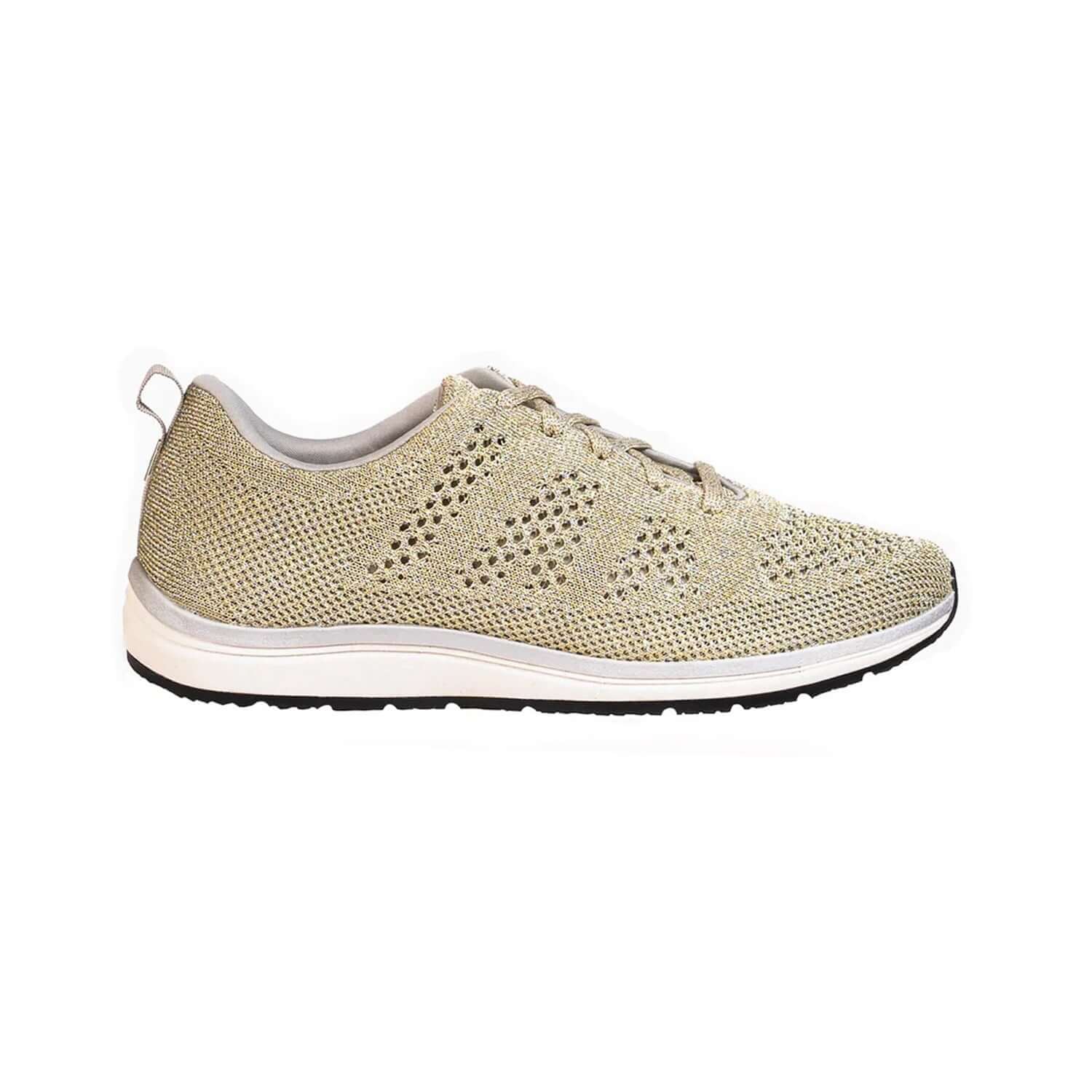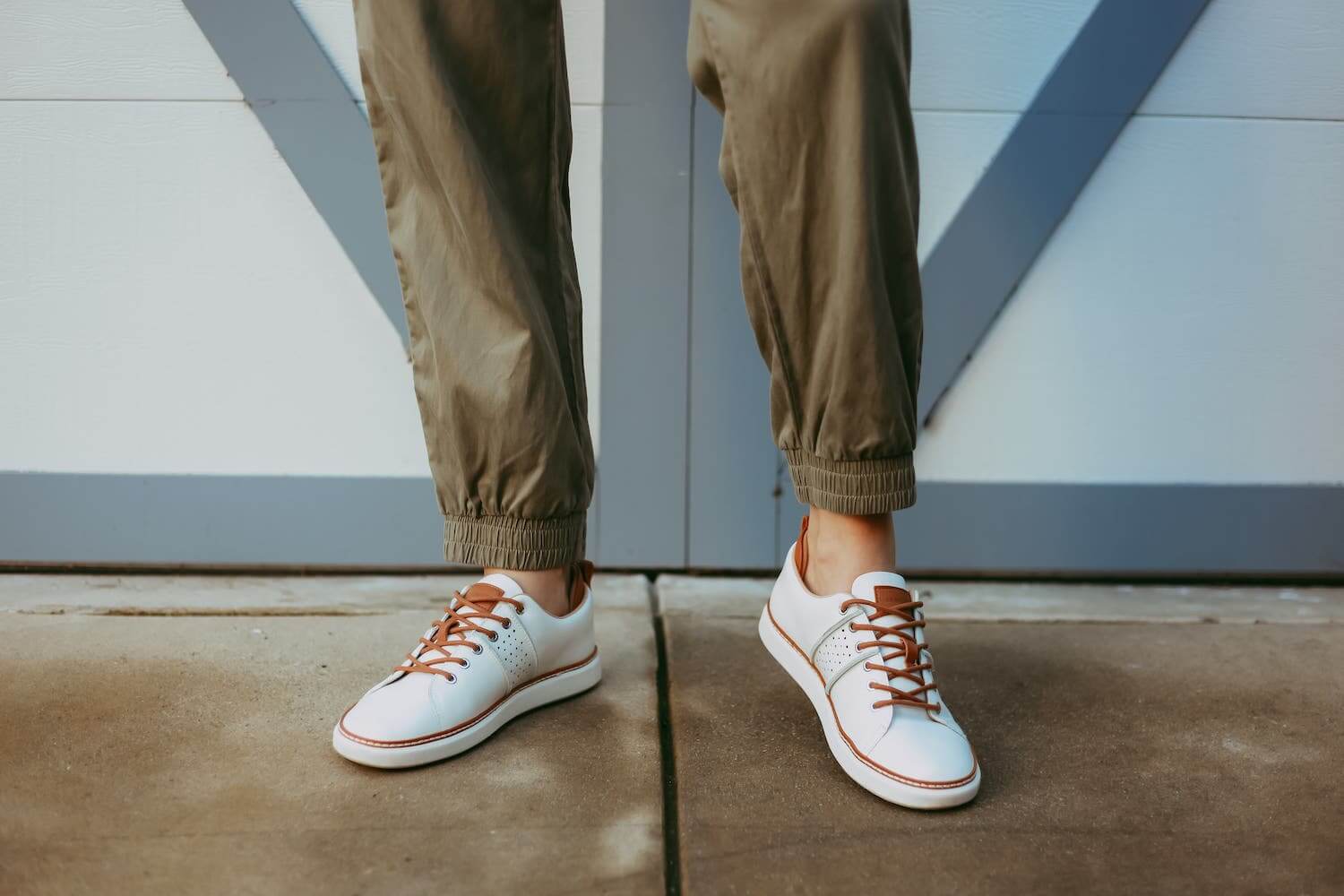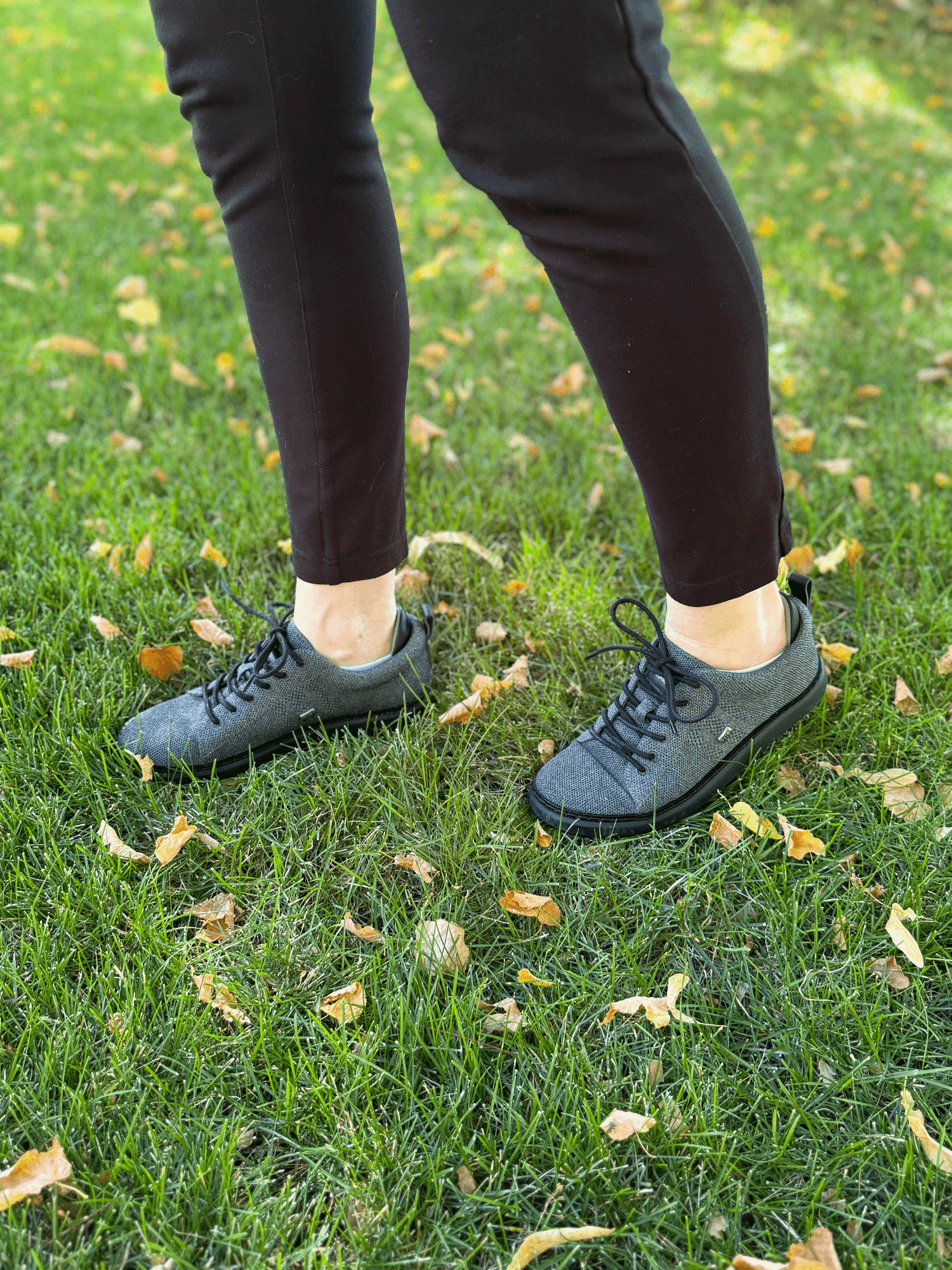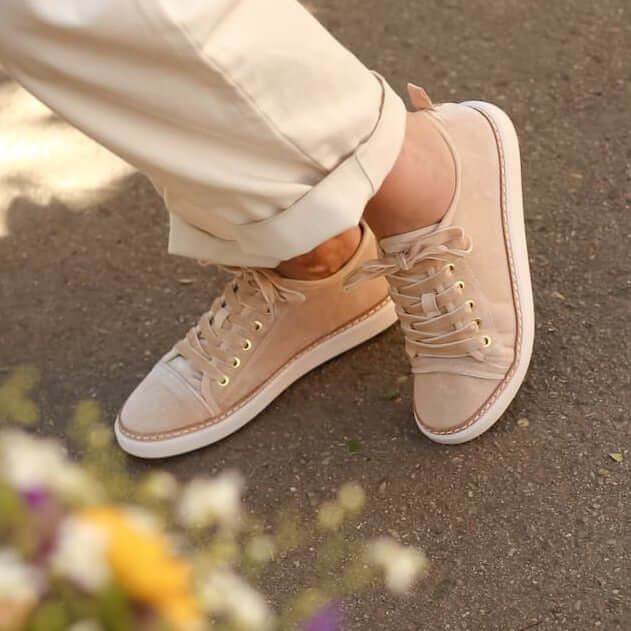Stress, anxiety, and loss can trigger a host of mental health challenges and even medical issues. Treating these conditions can be time consuming and expensive. Often, we’re not even sure where to seek helpful guidance.
Two of the easiest and most effective ways to manage some of these issues are entirely free: meditation and grounding.
Meditation is the practice of stillness and centering the mind. It has long been used to manage stress, anxiety, and depression. It is now even incorporated into many corporate programs for their staff members.
Grounding is the practice of connecting with the earth through direct bodily contact. Many reports and numerous scientific peer-reviewed studies have found it effective at battling an extensive list of physical and mental conditions. These include:
- Inflammation and pain
- Insomnia or restless sleep
- lower energy
- Anxiety, stress, and depression
When grounding and meditation are combined, they complement each other, and both practices can become enhanced in meaningful ways.
How do I meditate?
Many are familiar with mediation already, yet others are new to this helpful and free tool. There are countless books, websites, and videos available for those interested in beginning meditation.
The practice requires quieting your mind, paying attention to your breath, and focusing on being present. This is known as mindfulness. Programs also exist for guided meditations. You do not have to meditate for long. Sitting quietly for as little as 10 minutes a day is reported to make a big difference in your physical and mental well-being.
Meditation can be done almost anywhere. Most find a quiet place in their home, office, man caves, bedrooms—wherever you can be alone.
Unlike meditation, grounding, also called earthing, is most effective when done outdoors, with easy direct access to the earth. Then again, if you live in a concrete-floored loft, you are also in luck or have a finished basement with concrete floors, you’re in luck here, too.
According to a major study by the Earthing Institute that focused on the correlation between meditation and grounding, Eastern meditation practitioners from thousands of years ago typically sat outside on the ground. In today’s Western world, most practitioners do not sit outside and are likely less grounded.
Like any other worthwhile pursuit, meditation requires consistency and patience. We have countless distractions clamoring for our attention. It can be challenging to sit still with just our thoughts or listening to a guided mediation. However, it can be done.
How grounding deepens meditation.
The study conducted by the Earthing Institute compared the brain function of 10 participants who were grounded during meditation to their brain function while meditating without being grounded.
Individual results varied based on the type of meditation each participant practiced. Overall, the results showed most of the participants felt better following the period of being grounded.
Another study focused on a group of psychotherapists who used mindfulness meditation and grounded theory methods. The report also concluded that the benefits of practicing grounding indoors replicated the practices of grounding outdoors while sitting.
This means there is even greater flexibility in how the practices of grounding and meditation are carried out. In basic terms, both meditation and grounding tap into the “feel good” parts of the brain.
When grounding, you are connecting with the earth’s natural energy through direct body contact. By doing this, you allow that energy to flow through you. This helps calm your body and mind.
Additional findings are reported in other studies; one study conducted by Howard K. Elkin, MD, FACC, and Angela Winter, RN, BSN, available on the Earthing Institute website, shows how grounding and mediation can reduce stress and lower blood pressure. Dr. Deepak Chopra is also a major proponent of the benefits of mediation and a fab of grounding.
Standing and walking meditation.
Most forms of meditation are practiced with the individual in a sitting position. Walking meditation also has benefits and has become more popular over the last decade. In this practice, you are walking with intention, focusing on each step.
Mindfulness expert Jon Kabat-Zinn developed a simple form of walking meditation that can be practiced inside or outside. The goal here is quality, not quantity. Even if you are doing walking meditation indoors due to time or space limitations, you can still achieve the desired result of inner calm and peace. You need only take 10-15 steps, pause, take a deep breath, then turn around and walk 10-15 steps in the other direction.
Sounds simple, and instead of walking as you usually would, pay close attention to each step’s simple movement. Focus entirely on the movement when you pick up your foot and set it down again. Do this with each step.
It may take some time to get used to strolling, and with such intention, however, it may become second nature to you. You may apply this level of focus to other aspects of your life.
For practicing walking meditation outside, barefoot is most effective, but not always practical. One alternative is to wear shoes that are “conducive” to the earth. Pure leather soles are conductive, like traditional moccasins. However, they can be very slippery on moist grass or most rocks and other surfaces. They also are quite casual in style.
Other companies are fast becoming new to the scene. Most shoes have rubber soles, which are insulators; they do not conduct the earth’s energy, called electrons, into one’s body at all. Grounding shoes, also called earthing shoes, are carefully crafted with conductive soles up through to one’s foot.
In summary, there are countless ways to meditate and practice grounding together. Science is finding even more mutual benefits as studies continually are being reported. Try a method that works for you, and with the addition of grounding shoes, your meditation practice will deepen even more.














































